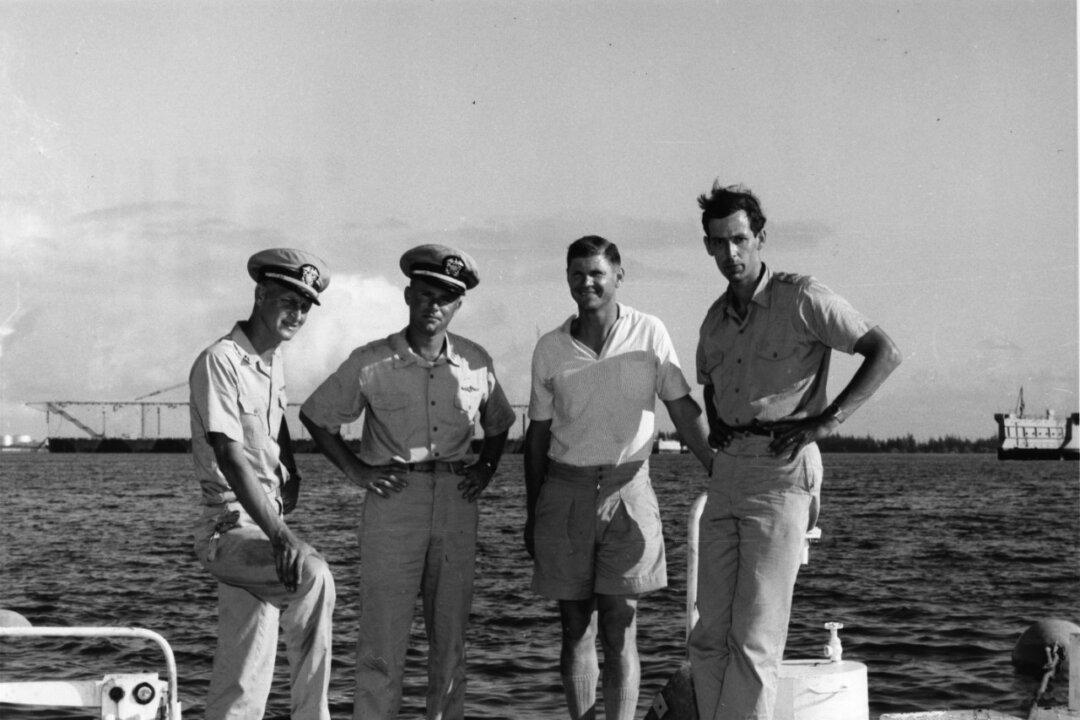Andreas “Andy” Rechnitzer (1924–2005) grew up in Escondido, located just north of San Diego. As a young boy, he could be found swimming in the ocean along the California coast. Later, in his teenage years, he began experimenting with spearfishing and freediving along San Diego’s La Jolla beaches and along the coastal waters of Mexico. His love of the ocean would ultimately guide him to one of the most influential careers in diving and deep sea research.
While in college, America was thrust into World War II. Rechnitzer soon left California to attend the U.S. Navy Midshipmen School on the other side of the country. The school was located at Fort Schuyler in the Bronx on the easternmost side of Long Island Sound. Having grown up on the Pacific coast, Rechnitzer found himself along the Atlantic Ocean. Graduating in 1945, he was commissioned an ensign in the U.S. Navy Reserve and served in Hawaii as the war came to a close.






